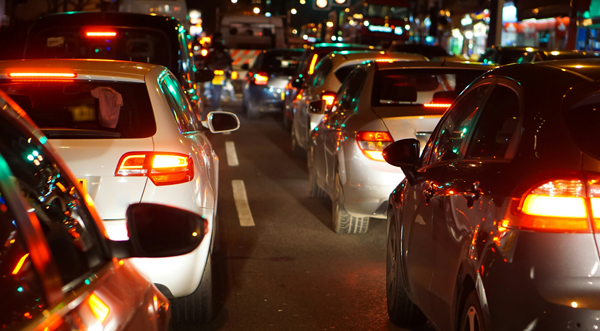London has been named as the world’s slowest city to drive in for the second year in succession, taking an average of 36 minutes and two seconds to travel six miles or 9.6 kilometres.
The ranking is included in the 13th annual edition of satellite navigation company TomTom’s traffic index, which provides data and information on traffic trends from 387 cities in 55 countries.
The index shows that it took even longer to drive across London in 2023 than the previous year, with the six mile journey now 57 seconds longer.
The Irish capital Dublin was the second slowest at 28 minutes and 29 seconds, followed by Toronto, Milan and Lima in Peru, where the six miles took 27 minutes and 31 seconds to complete.
In Australia, Sydney was 47th, Melbourne 63rd, while in New Zealand Christchurch has the worst ranking at 95, with the capital Wellington at 117 and the largest city Auckland, where it took 16 minutes and 30 seconds, ranked at 176.
“With more than half of the world’s population living in urban areas, traffic congestion and its economic, ecological and health consequences have become a problem that needs to be urgently addressed,” said Ralf-Peter Schäfer, vice president of traffic at TomTom.
“Planning the future of urban areas is essential to ongoing traffic management. Large urban areas are harnessing big data to plan infrastructure and development that will alleviate traffic congestion.”
As part of the solution, real-time traffic data can feed the algorithms used by municipalities to manage traffic jams by optimising road logistics and routes.
In addition to slowness, the index also rates cities in terms of congestion and London was once again ranked the worst.
A six-mile trip across London took 12 minutes and five seconds longer on average than the optimum journey time, baselines from when there was no traffic at all.
Mexico City was next with Lima, Indian city Bengaluru, and Dublin rounding out the top five most congested cities.
According to a McKinsey study, this can help to reduce commuting times in cities by 15-20%.
Data can be used to prevent traffic jams through intelligent traffic light synchronisation, variable speed limits and real-time alerts showing drivers the fastest routes.














